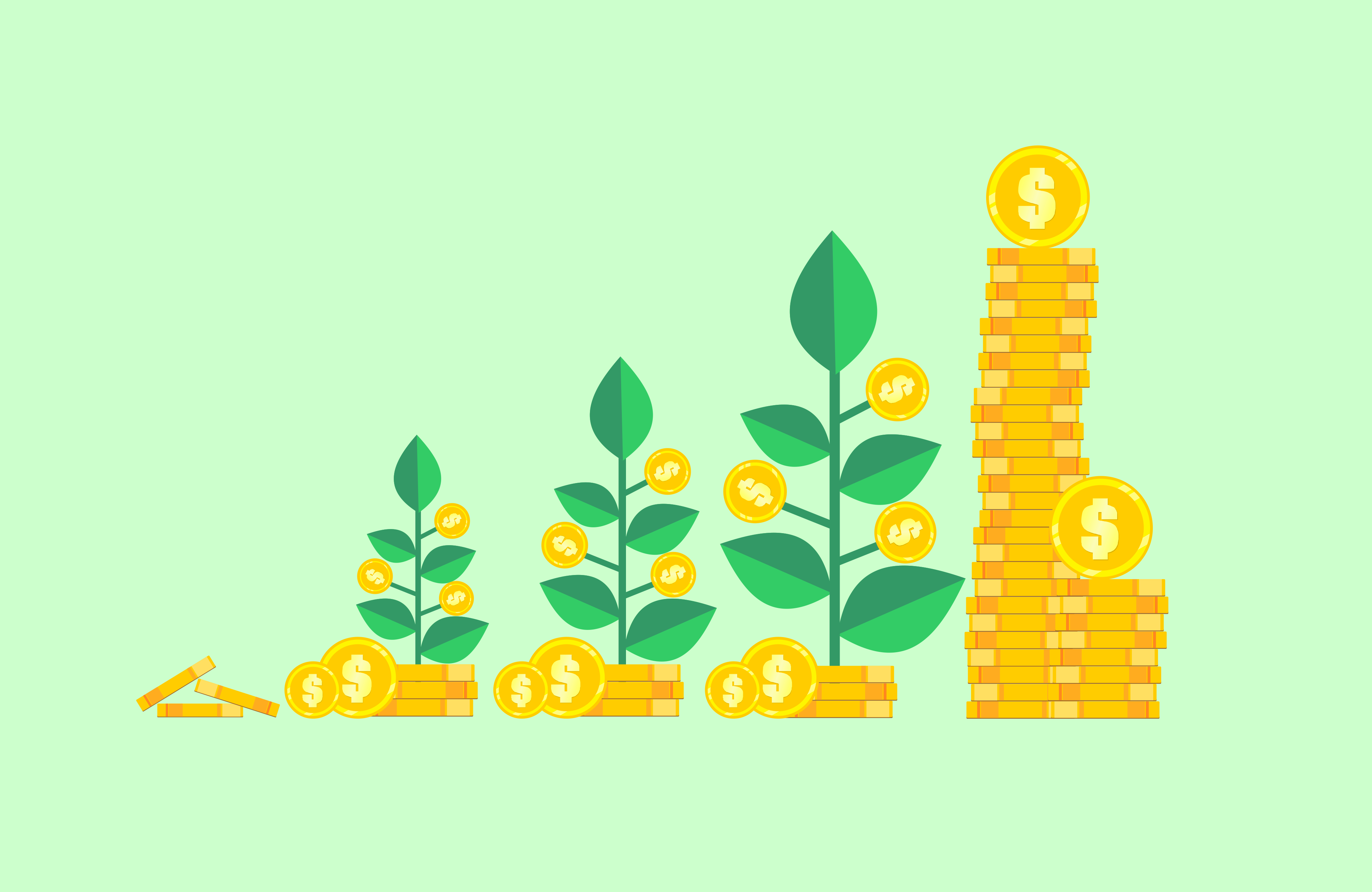During a large part of 2019 and 2020, most of the bond markets in western countries had negative nominal yields. In essence, investors were paying for the ability to lend money to governments and, in some cases, corporations instead of getting paid a yield for the loans.
Meanwhile, surging inflation and quickly rising rates are now pushing yields up, and the 2019 and 2020 situation has completely reversed.
US Government bonds are now marching to new highs, and as equities are already lower for the year, another downward leg could be in store. The 10-year yield on US government bonds is converging on new highs, while the RSI is in an uptrend, and the MACD indicator made a bearish crossover. US 10-year yield. Source: Twitter Mortgage demand plunge
With the mortgage refinancing index falling and the number of mortgage activities decreasing, homebuyers were mostly sidelined. Furthermore, as things stand now, the yield spread between mortgages and the US treasury is close to 2008 and 2020 levels, after which a substantial drop in markets was seen. Yield spreads Mortgages VS Treasury Related Corporate insiders buy up their company stock again amid the latest sell-off – a bullish sign? Swiss National Bank SNB is actively dumping FANG stocks Global venture funding reached $74.5 billion in Q3 2022, hitting a 9-quarter low
Over the past few years, cash savers and bondholders did not have solid returns, and now with even gold being crushed, the question of where to invest money looms. The problem is becoming even more acute in Europe, where an energy crisis pushes governments to step in and subsidize consumers’ energy needs. The culmination of pressure
Such scenarios across the globe and Europe, in particular, culminated in the UK government making an emergency response to stave off a systemic risk to its financial stability, with yields rapidly spiking on long-duration government debt.
All in all, the investment scenario looks bleak, especially when US real estate and asset prices make up 319% of gross domestic product (GDP), while historically, they sat at 200% of GDP. There seems to be a growing consensus that markets need to drop further to reach fair value and attract new investments.
Buy stocks now with Interactive Brokers the most advanced investment platform
Disclaimer: The content on this site should not be considered investment advice. Investing is speculative. When investing, your capital is at risk.

